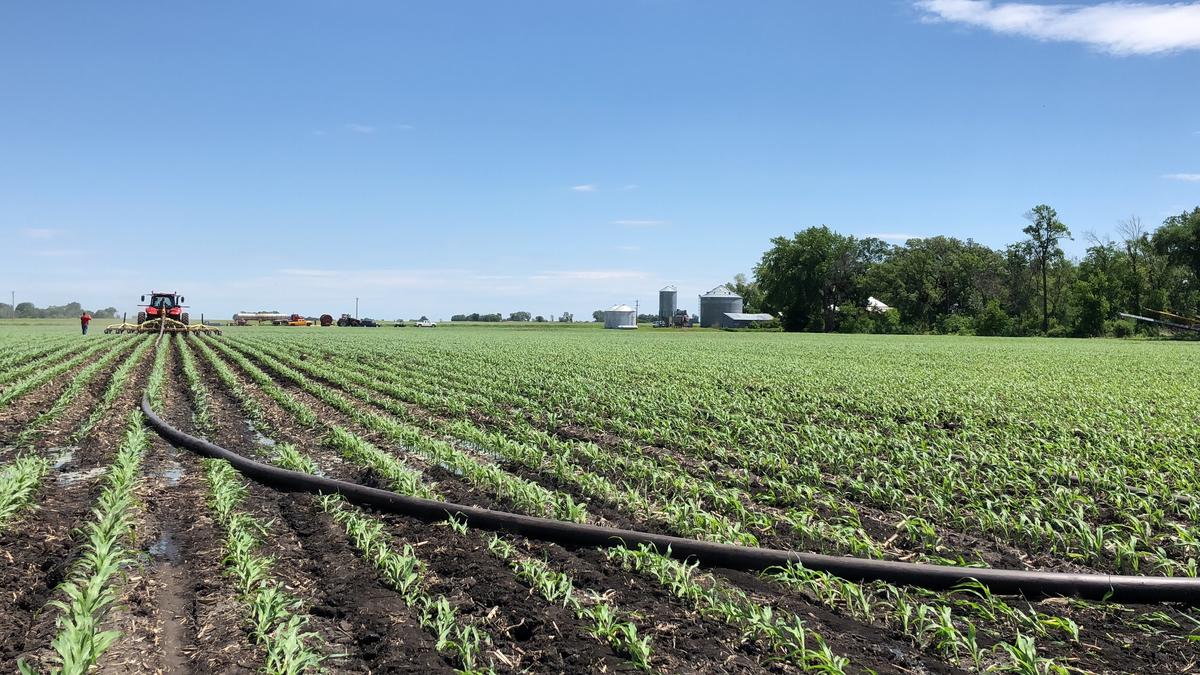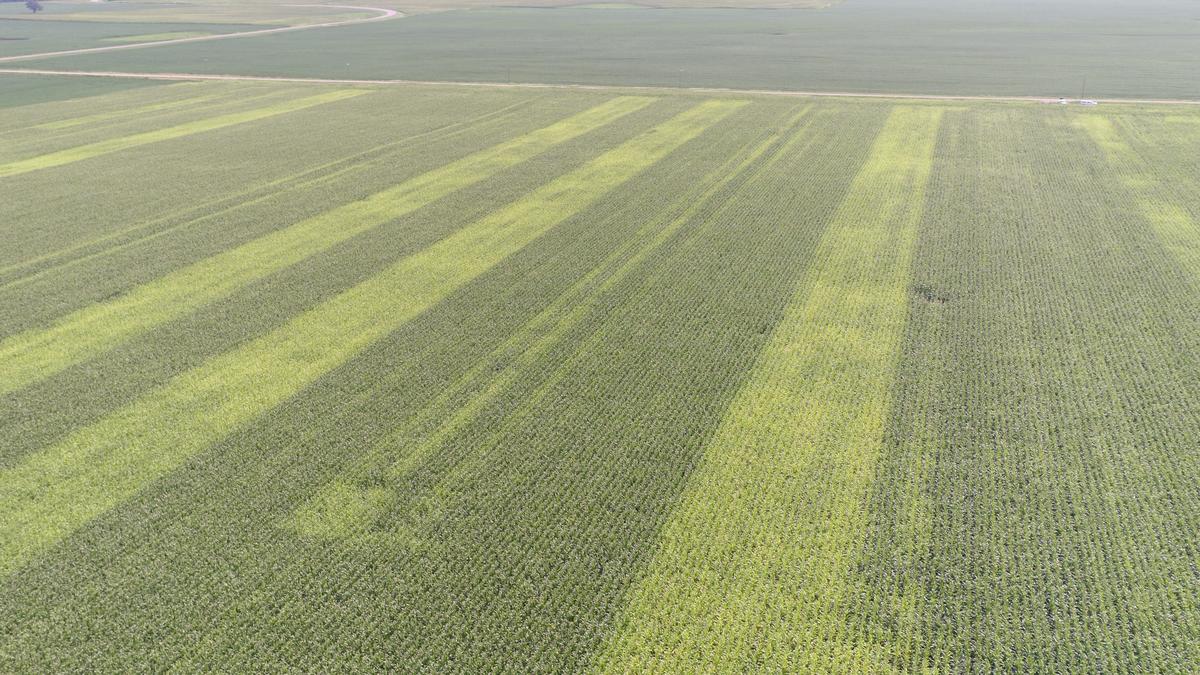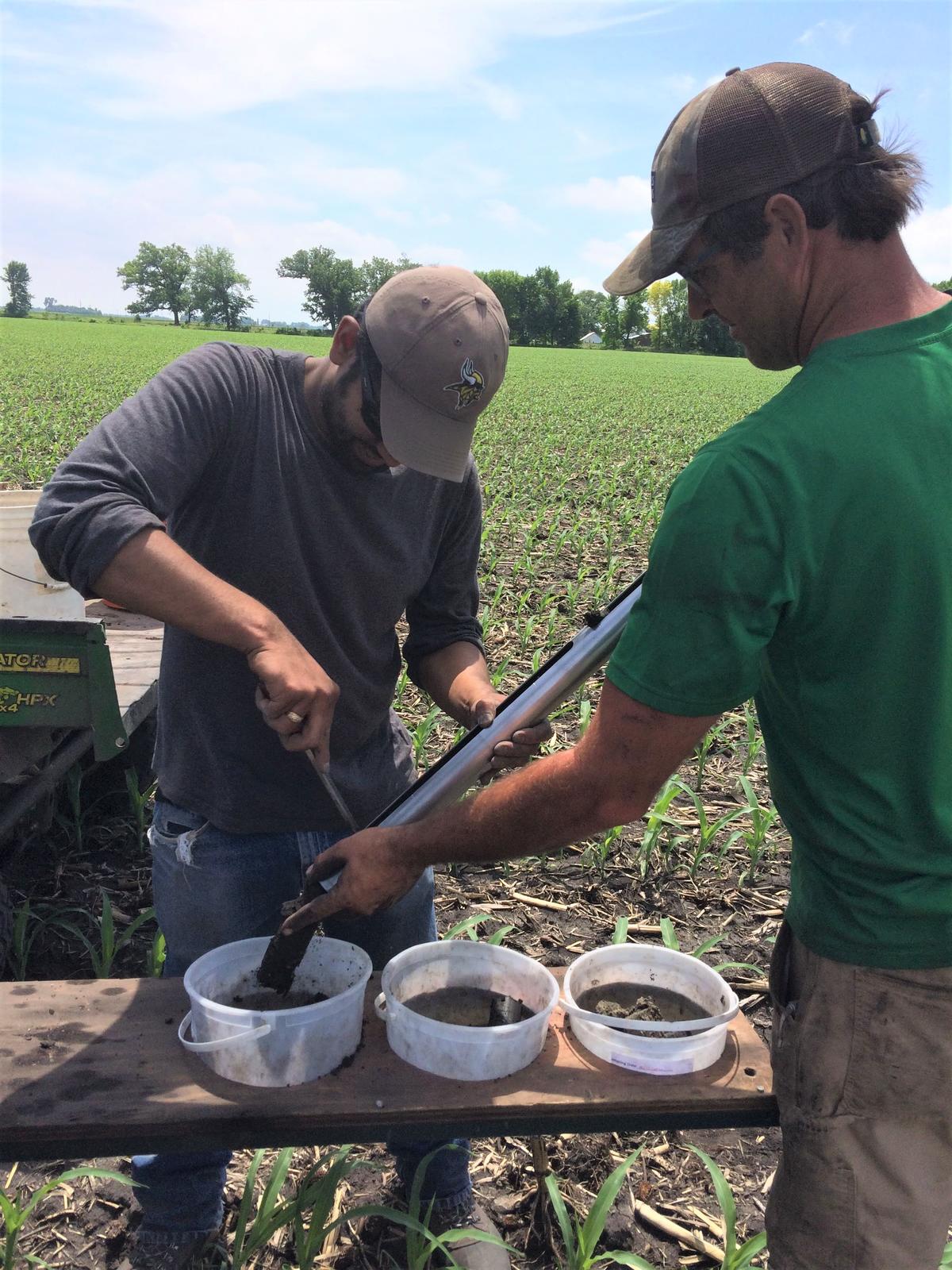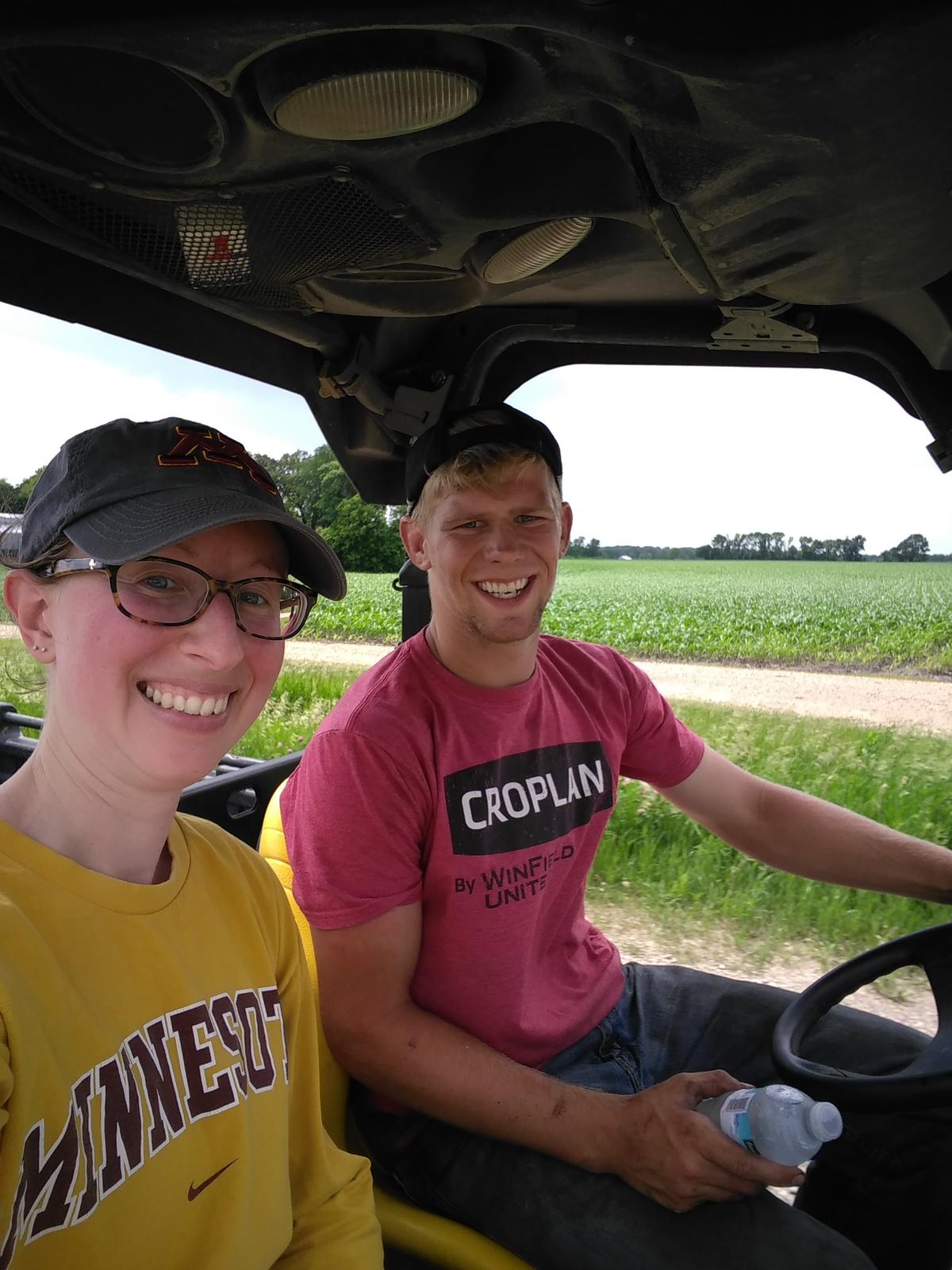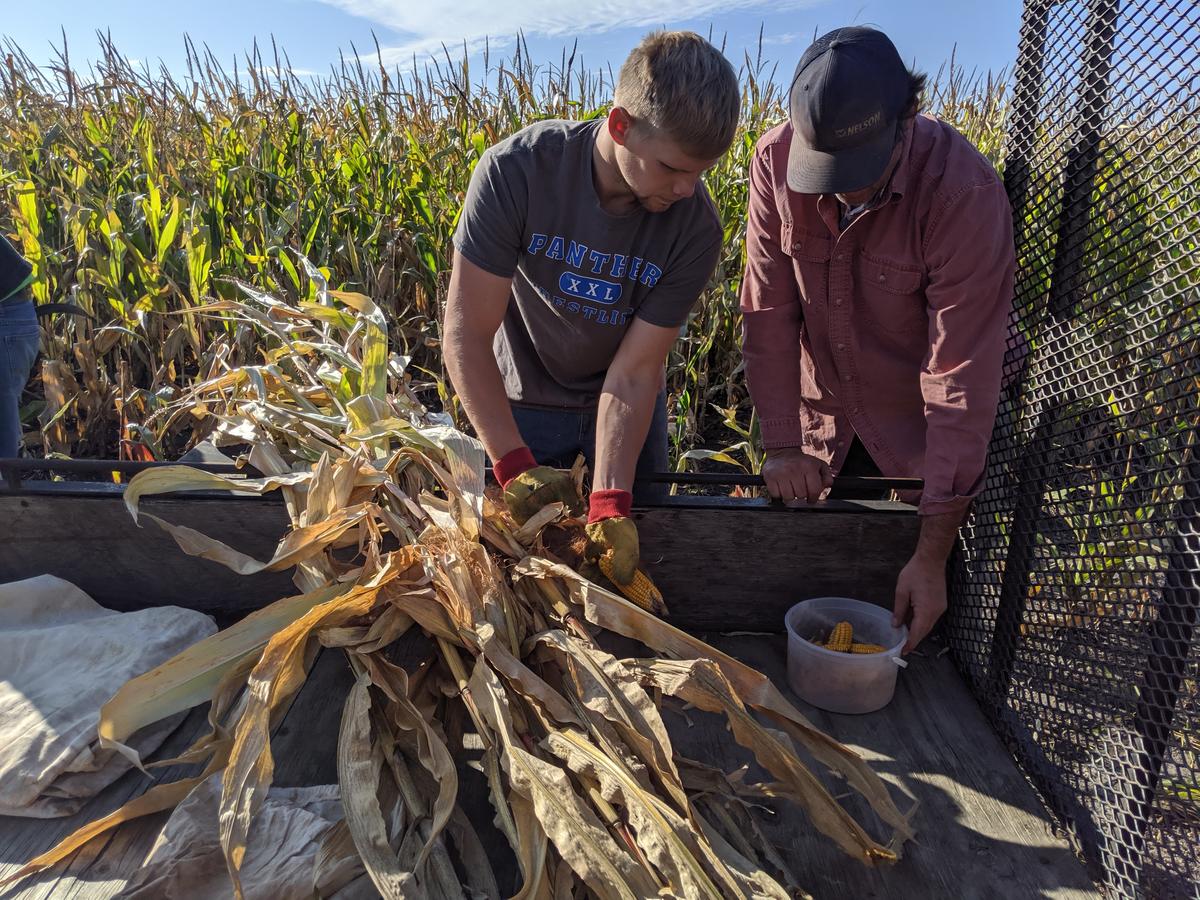
The traditional windows of opportunity for manure application in Minnesota (fall and spring) have become increasingly shorter in the past few years due. Sidedressing into standing corn is one opportunity that has potential added benefits: reduced compaction as soil conditions are typically dryer in early June, savings on commercial fertilizers, and water quality benefits since the nutrients are being applied to a growing crop instead of a bare field. While there have been reports of a few farmers using manure for sidedress, the practice has not been widely adopted in Minnesota. If this practice is to be adopted as one tool in the toolbox to empty manure storage during difficult years, farmers will want more information on best management practices and economics.
This project involves on-farm and small plot research. The on-farm research allows us to use farm-scale, manure application equipment to see if this will work in real world situations. The small plot research allows us to test things in more controlled conditions.
Thanks to the MN Pork Board and MN Soybean and Research Promotion Council for partially funding this project in its first stages! We're excited to be continuing this work with support from the Agriculture and Food Research Initiative [grant no. 2020-68008-31410] from the USDA National Institute of Food and Agriculture.
Products:
- Sidedressing corn with swine manure - 2019 Research update
- Sidedressing swine manure into corn - 2019 Crop Pest Management Short Course Proceedings
- Sidedressing corn with swine manure - 2020 Research update
- Pfarr, C. J., Wilson, M. L., Coulter, J. A., & Fernández, F. G. (2020). Liquid swine manure as a sidedressed nitrogen source for corn. Agronomy Journal, 112, 5206–5221. https://doi.org/10.1002/agj2.20380
- Wilson, M. L., Pfarr, C. J., Fernández, F. G., & Coulter, J. A. (2021). Dragging a manure hose over corn at early growth stages does not reduce yield. Agronomy Journal, 113, 3910-3921. https://doi.org/10.1002/agj2.20797
